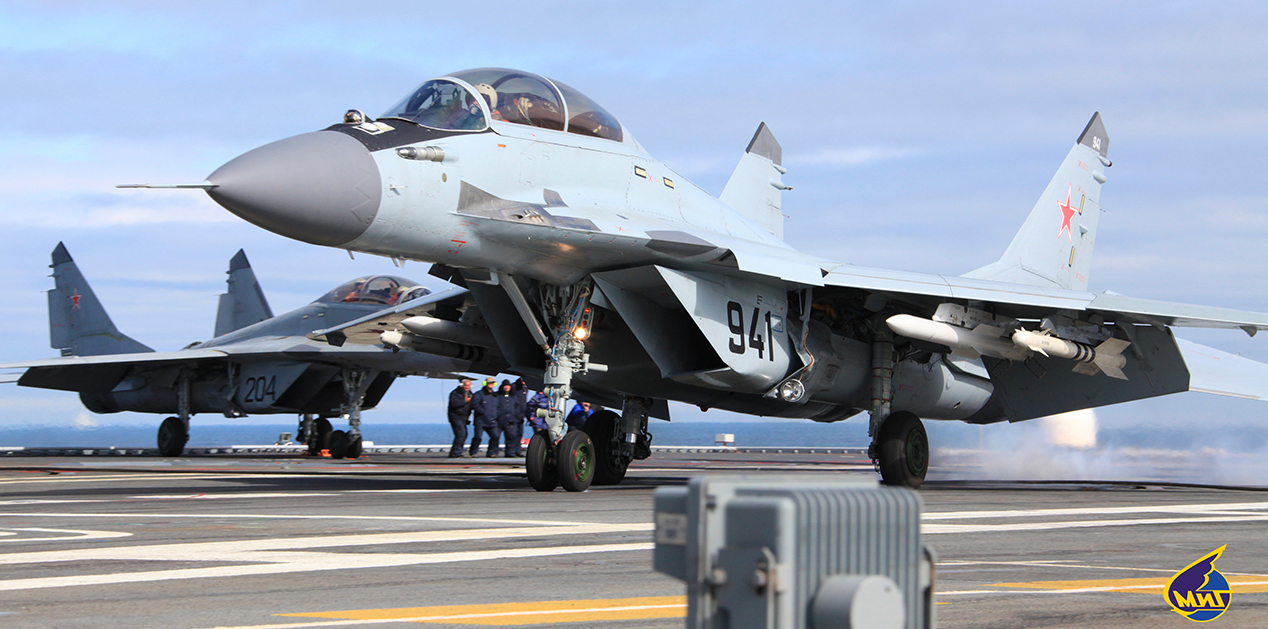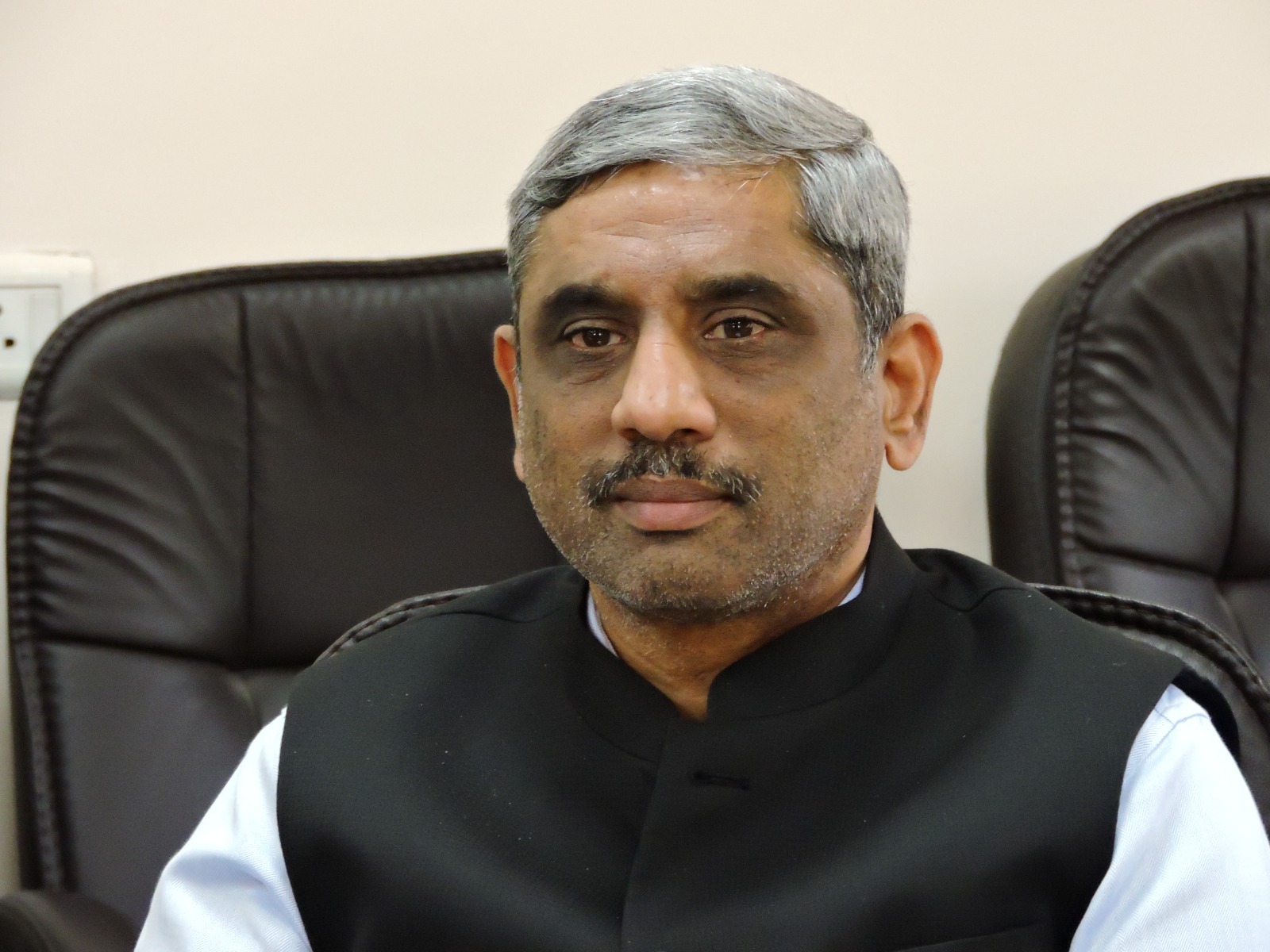Recent reports in the media, concerning a CAG report on the Indian Navy’s MiG 29K aircraft, have raised alarm about the performance of these aircraft. However, the issue needs to be deliberated with the necessary seriousness, devoid of media speculation and sensationalism, to understand the implications of the CAG report.
Media reports claim that the aircraft, bought from Russia and inducted in 2010, have suffered repeated engine failures, with at least 10 cases of single engine landings. "The aircraft continues to face operational deficiencies due to defects in engines, airframe and fly-by wire. Carrier compatibility of the aircraft during deck operations is yet to be fully proved and multiple modifications are being carried out to liquidate defects," Comptroller and Auditor General of India is said to have stated in the report tabled in Parliament on Tuesday, as quoted in the media. These media reports indicate that the audit by the CAG also brings out issues related to serviceability of the aircraft, availability of supporting infrastructure and a host of other issues. The report also purportedly talks about issues of other ongoing projects like the Indigenous Aircraft Carrier (IAC) associated with the MiG 29K.
The MiG 29K is an all-weather multi-role carrier borne aircraft developed by Russia based on the existing MiG-29 platform. The Indian Navy requires a longer range aircraft for operations from the Vikramaditya and its future aircraft carrier projects. The MiG 29K suited its requirements both in terms of operational capability as also the platform, i.e the aircraft carrier. Considering the size of the carrier, larger aircraft like the Su-33, in service with the Russian navy, would not have fitted the bill. Moreover, the indigenously developed Light Combat Aircraft (Navy) was still at the conceptual stage. The MiG-29K was chosen though the aircraft was still in the developmental stage, albeit near operationalization with the Russians. The Russians have also subsequently inducted the aircraft into their navy for operations form the Admiral Kuznetsov carrier.
The Indian Navy has already acquired 45 of these aircraft for operations from the Vikramaditya and the future indigenous carrier Vikrant. The Indian Navy commenced operating the aircraft from Vikramaditya shortly after the carrier’s arrival in India in early 2014. Consequently, the aircraft has been operating for about two years from the carrier though it had been operating from land earlier, with the first squadron being commissioned in May 2013.
The aircraft has a maximum speed over twice the speed of sound (about 2000 kph), can pull up to 8 times the force of gravity and can climb to an altitude of over 65000 feet. The aircraft replaces the Sea Harrier, a Vertical Take-off and Landing aircraft (VTOL), which was primarily meant for fleet air defence. On the other hand, the MiG-29K is a Short Take-off but Arrested Recovery (STOBAR) aircraft which uses the ski jump of the carrier to launch itself while the arrestor wire of the ship is used whilst landing. The aircraft has a very potent weapon and sensor suite and has an operational range well suited to the Indian Navy’s requirements. The aircraft features the latest avionics, data link capabilities and an air- to- air refueling capability to extend its operating range. This aircraft provides the Indian Navy with a true offensive air capability, allowing it to perform a variety of roles from power projection to air space dominance, which hitherto was rather restricted.
In fact, the MiG 29K is an example of concurrent technology induction and consequently will experience an incubation period replete with shortfalls, in terms of material and operational exploitation, before it reaches maturity. This cycle has been seen in a number of platforms, most notably the Tejas, which has been inducted after a development period of more than twenty years. A typical technology induction cycle would encompass embryonic, growth, maturity and decline stages. The MiG-29K is possibly just past the embryonic stage with most equipment at the embryonic stage. The aircraft has completed just about 2 – 3 years of operational flying from the carrier and about 5 – 6 years of flying in the Indian Navy. The aircraft is currently being put through its operational paces in a fairly tough tropical environment, quite unlike that in Russia and hence significant challenges will be faced during this period. The Russian manufacturing agency will be monitoring these developments and providing support to overcome these hurdles. India and Russia share decades of partnership, especially in the defence sector, which has been the backbone of the Indian Armed Forces. Similar inductions in the past have reached operational maturity through this partnership and the MiG-29K is unlikely to be the last, considering future ventures like the FGFA.
The CAG report, possibly, in accordance with its mandate, dwells on the issues of getting the required ‘bang for the buck’, without any assessment of the operational gains that would have accrued from the induction of this multi-role aircraft. Considering the embryonic stage of induction, assuming a period of about 4-5 years at the most, such an assessment is premature. A clear assessment of the potency and capability of a platform, especially new technology, requires at least a ten year operational period. Moreover, considering the fact that the Russians have also inducted this aircraft, the resolution of its current problems in an acceptable time frame is highly feasible. The larger issue which needs to be debated about such CAG reports is the necessity of restricting access to these reports, since these impinge directly on operational efficiency of a fighting force, and thereby on national security. The feasibility of such CAG reports being examined by specially constituted committees in Parliament could be considered to preclude open analysis by all and sundry and the deleterious effects of such analyses on our national security as also on our strategic partnerships.
Published Date: 5th August 2016, Image Source: http://indiandefence.com
(Disclaimer: The views and opinions expressed in this article are those of the author and do not necessarily reflect the official policy or position of the Vivekananda International Foundation)











Post new comment